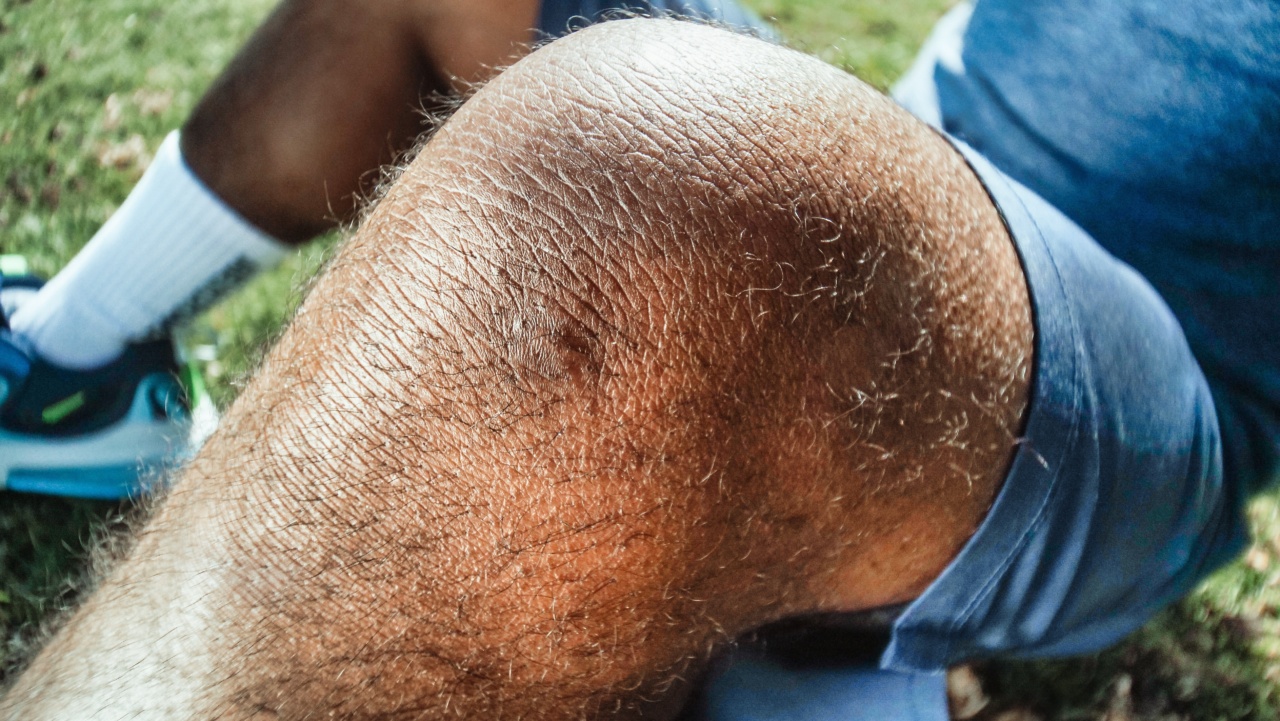Knee joint arthritis is a common health issue that can affect people of all ages. It is a chronic condition that occurs when the cartilage in the knee joint starts to wear away. This can lead to pain, stiffness, and limited mobility.
If left untreated, arthritis can worsen over time, causing severe joint damage and disability. In this article, we will discuss the 10 indicators of knee joint arthritis to help you identify this condition early on and take the necessary steps to manage it.
1. Pain and Stiffness
The most common indicator of knee arthritis is pain and stiffness in the knee joint. This pain can be mild to severe and can occur during movement or when at rest.
The stiffness can be particularly noticeable in the morning or after a period of inactivity, such as sitting for a long time or standing for an extended period.
2. Swelling and Redness
Another indicator of knee arthritis is swelling and redness in the joint. This can be caused by inflammation, a common symptom of arthritis.
The swelling can be more noticeable after a period of activity or when the joint has been under stress for an extended period. Redness can also be visible and is typically more pronounced around the knee joint.
3. Clicking and Popping Sounds
If you hear clicking or popping sounds when bending or straightening your knee joint, this can be an indicator of knee arthritis. This sound is caused by the roughening of the surfaces of the joint due to the thinning of the cartilage.
This means that the joint is not moving as smoothly as it should.
4. Limited Range of Motion
If you notice a limited range of motion in your knee joint, this can also be an indicator of knee arthritis. This limitation can be caused by the stiffness and pain associated with arthritis.
You may find that you cannot fully extend or flex your leg as you used to or that it is more difficult to walk or climb stairs.
5. Muscle Weakness and Imbalance
As arthritis progresses to more severe stages, you may start to notice muscle weakness and imbalance around the knee joint. This is because the knee joint is not functioning normally, and this can cause the muscles around the joint to weaken.
You may find that the muscles on one side of the joint are stronger than the other, leading to an imbalance.
6. Decreased Mobility
If you notice that you are struggling to perform your daily activities, such as walking or climbing stairs, this can be an indicator of knee arthritis.
As the condition progresses, mobility can become increasingly challenging and painful, making it difficult to engage in exercise and perform everyday activities.
7. Fatigue
Arthritis can also cause fatigue, which is a feeling of exhaustion or tiredness. This can be due to the stress placed on the body when experiencing pain and inflammation. It can also be a result of the body’s attempt to heal and repair the joint.
Fatigue can make it more challenging to engage in physical activity and perform daily tasks.
8. Osteophytes
As arthritis progresses, the body will typically try to repair the joint by forming osteophytes. These are bony growths that can be visible around the joint. They can cause further pain and stiffness and limit range of motion.
9. Joint Deformity
In severe stages of arthritis, joint deformity can occur. The joint can become misaligned, causing further pain and limiting mobility. The knee joint can also appear swollen and can feel tender to the touch.
10. Increased Risk of Falls
If you have knee arthritis, you may be at increased risk of falls due to the instability of the joint. This can be particularly concerning for older adults, who may be more vulnerable to the consequences of falls, such as fractures or dislocations.































